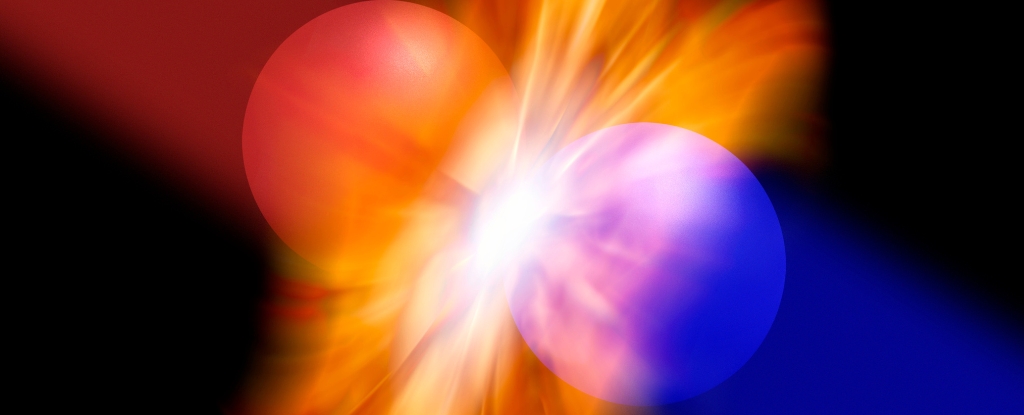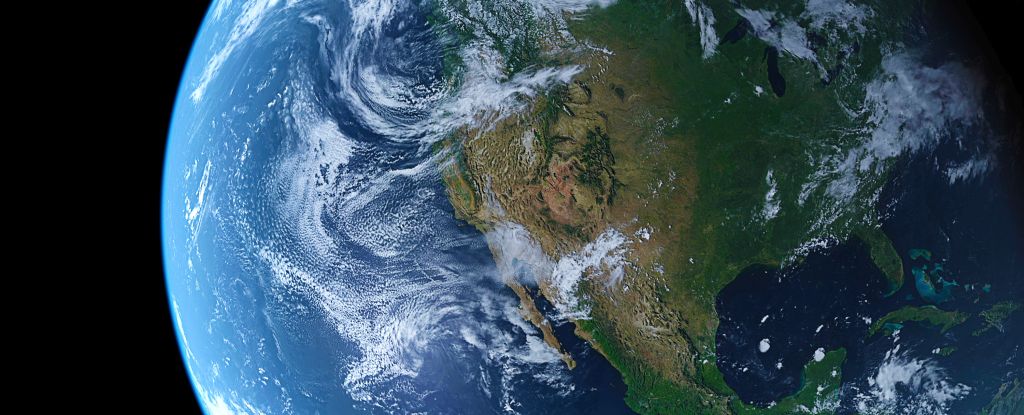ARTICLE AD
A team of researchers found a black hole from the early universe, prompting new questions as to how such ancient massive objects might form. The black hole dates to about 400 million years after the Big Bang—the start of the universe as we know it—making the object over 13 billion years old. The universe itself is 13.77 billion years old.
Would Peter Capaldi Return to Doctor Who?
This black hole is in the galaxy GN-z11, a blotch of light in the distant cosmos. GN-z11 is only about 1% the size of the Milky Way, and the ancient black hole sits at its core. The team’s research describing the object was published today in the journal Nature.
Black holes are some of the most confounding objects in the universe, in large part because we cannot see beyond their event horizons—the boundary that nothing can escape, not even light. Black holes are massive objects with tremendous gravitational fields, pulling material from the surrounding cosmos toward them.
Galaxies, including our own, form around these supermassive black holes. And supermassive black holes are also responsible for the gravitational waves that ripple through space, stretching and squeezing it on a nearly imperceptible level.
Black holes are generally thought to form when huge stars collapse in on themselves. But if the recently spotted black hole arose in the traditional manner, it would take a billion years to form. Since this one appears to be only 400 million years younger than the universe itself, the researchers believe standard models of black hole creation need to be reworked.
“It’s very early in the universe to see a black hole this massive, so we’ve got to consider other ways they might form,” said Roberto Maiolino, an astrophysicist at the University of Cambridge and the Kavli Institute of Cosmology, in a university release. “Very early galaxies were extremely gas-rich, so they would have been like a buffet for black holes.”
Last year, the Webb Space Telescope spotted the farthest (which is to say, most ancient) active supermassive black hole, which dated to about 570 million years after the Big Bang. In other words, the difference between the two objects’ ages is the same as between today and the Jurassic Period.
Maiolino noted that Webb’s remarkable sight could reveal more black holes from the early universe in the years ahead. Finding similar black holes to the one at the core of GN-z11—which is to say, relatively petite and very ancient—could help reveal how black holes form and grow.
More: Bent Light in Deep Space Reveals One of the Biggest Black Holes Ever Detected

 1 year ago
111
1 year ago
111 

